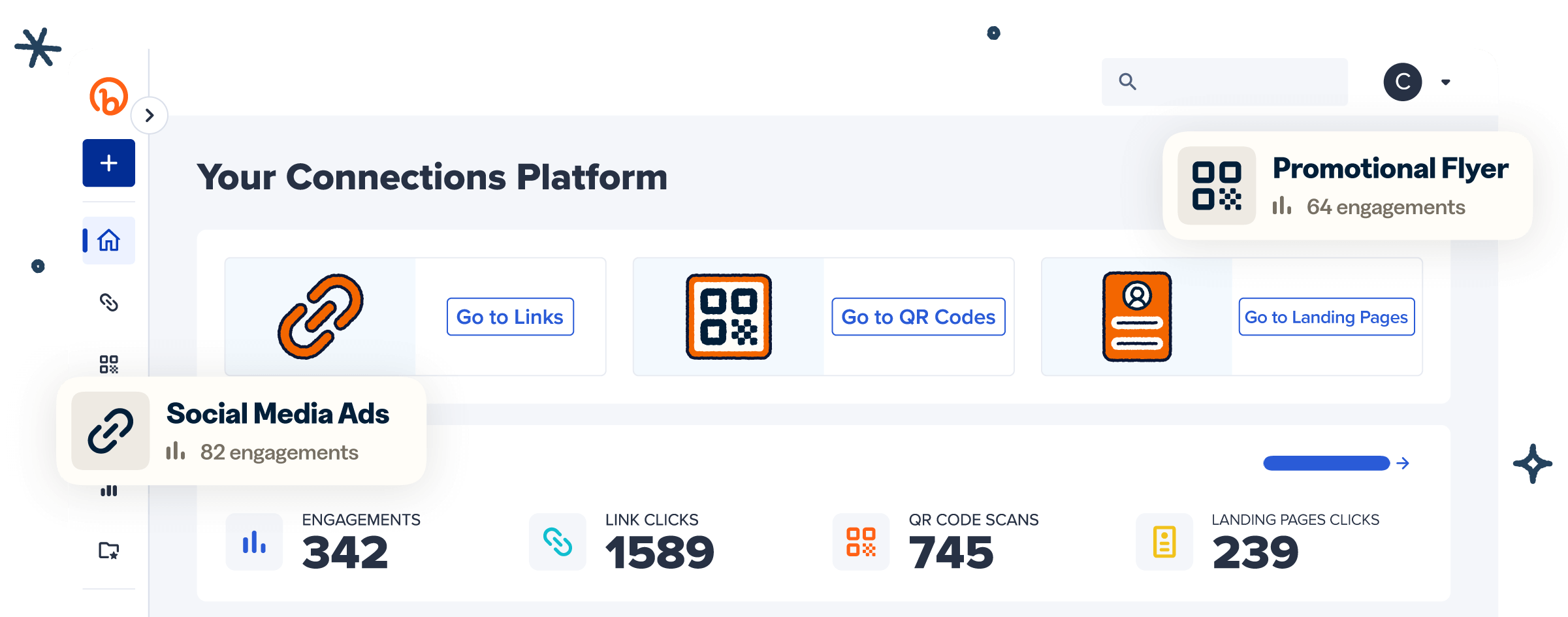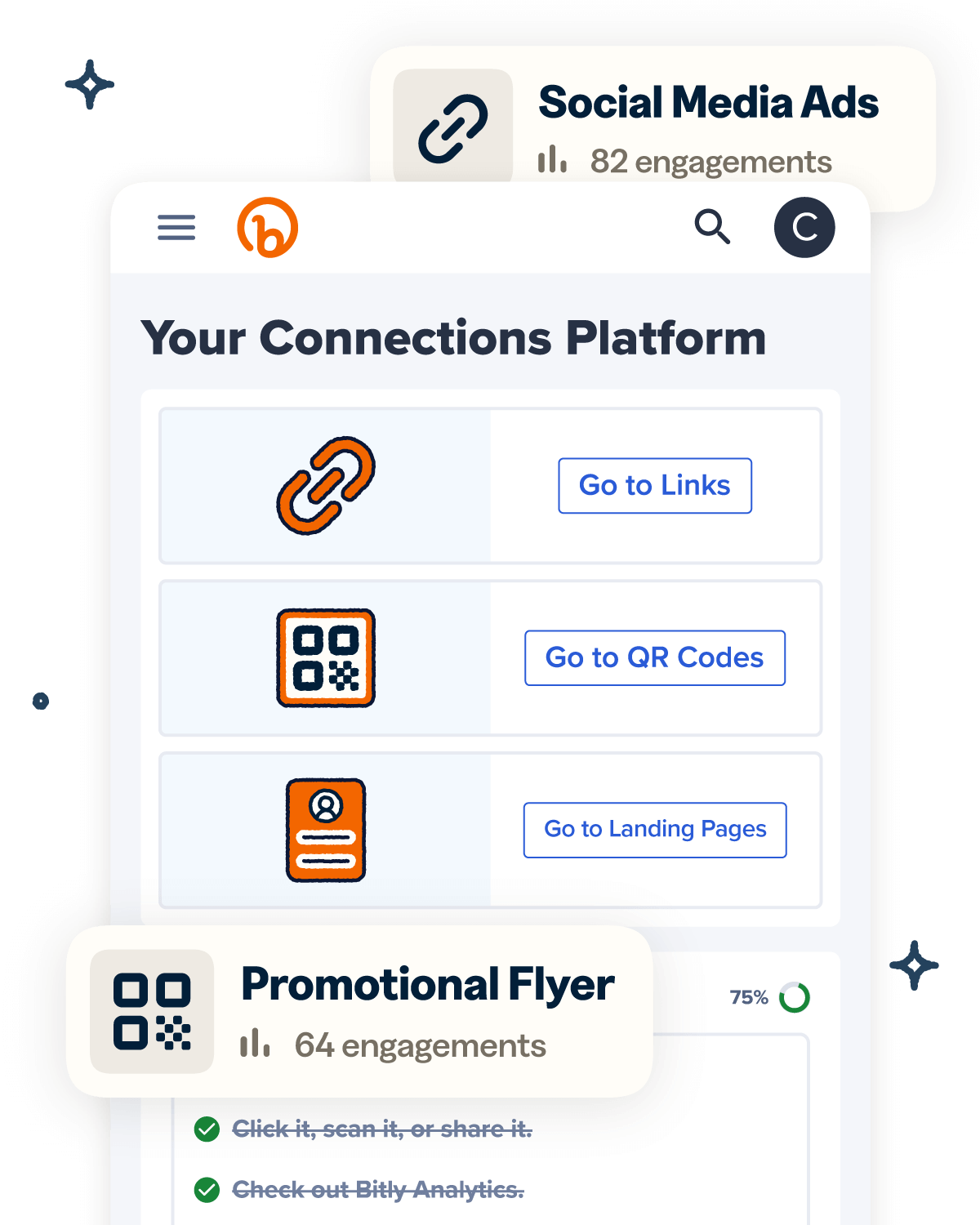With brands releasing more content than ever, you need to do more than post high-quality photos or regularly publish blog articles to capture your audience’s interest—you also need to create interactive content.
This isn’t to say that static content, like images, isn’t helpful, but it may not be enough to keep people engaged for long.
Interactive content, on the other hand, actively engages audiences. It can boost customer interactions, create memorable experiences that fuel continued engagement, and drive measurable business results.
Here, we take an in-depth look at the value of interactive content and offer content marketing tips to take your strategy to the next level.
Note: The brands and examples discussed below were found during our online research for this article.
What is interactive content?
Interactive content is any type of experience that requires active user participation. Think of it as your brand having a two-way conversation with your target audience.
Interactive content asks audiences to perform tasks rather than simply reading or watching materials. As a result, interactive content generates 52.6% more engagement than static content.
It can also enhance a brand’s memorability, increasing brand recognition over time. The more people remember your brand, the more likely they are to make purchases from you in the future.
Differences between interactive vs. static content
The difference between interactive content and traditional static content lies in audience participation. Interactive content invites viewers to participate, while static content simply requires them to read or watch material.
As the names imply, static content never changes, while interactive content transforms based on audience input. Think of a blog post (passive content), which will be the same for every reader, versus an interactive calculator that will provide unique solutions for different users, depending on their input.
Some examples of static content are:
- Whitepapers
- E-books
- Blog posts
- Landing pages
- Infographics
- Images
Examples of interactive content include:
- Calculators
- Interactive QR Codes
- Quizzes and polls
- Interactive videos
- Live Q&As
- Virtual try-ons
Interactive content encourages engagement and retention because it allows audiences to customize their experiences. A virtual try-on tool that lets people visualize themselves with specific products is more likely to keep people on the page than generic images that may or may not look like them.
Interactive content also fosters stronger connections with brands by providing more value for customers. A cosmetic brand might develop an interactive quiz to help buyers choose the right lipstick shade, helping to minimize the risk of choosing the wrong product and providing more value beyond the actual lipstick. This can lead to better business outcomes by boosting sales and brand loyalty.
How does interactive content drive engagement and business results?
In the battle between interactive and static content, interactive content will always win. Why? Because interactive content improves business results by increasing engagement rates, personalizing user experiences, providing valuable customer data, and enhancing lead-generation efforts. Here’s a deeper look at how this type of content drives better business outcomes:
Increases audience engagement
The average viewer spends roughly 13 minutes on interactive content—four and a half minutes more than they do on static content. Interactive content encourages people to engage instead of passively consuming information, keeping audiences interested in the content for a longer period of time.
For example, an interactive poll allows visitors to engage directly with your material and share their thoughts and insights. The same goes for other types of interactive content, like interactive videos, calculators, and QR Codes—they turn passive consumption into active engagement, boosting the time spent on a page.
Provides personalized user experiences
Interactive content can also deliver personalized experiences based on user input, boosting output relevance and customer satisfaction. Tools like virtual try-ons and interactive quizzes adjust results based on customers’ input, creating unique experiences for each user. This can make buyers feel heard and valued, paving the way for stronger long-term relationships.
To personalize user experiences even further, leverage Bitly’s URL Shortener to create content-sharing links. With Bitly, you can brand links with your business domain and customize their back halves with custom text. This promotes brand recognition and allows you to integrate links with broader marketing campaigns, potentially resulting in higher engagement rates.
Improves data collection and insights
Businesses can gather valuable first-party data with interactive content like polls, surveys, and quizzes. These tools can capture data points like customer demographics, preferences, and behaviors, facilitating better audience segmentation. This can help you refine your targeting and personalization strategy for better marketing outcomes.
You can capture even more data through content sharing by using trackable tools and analytics solutions. If you use Bitly’s QR Codes to direct audiences to your quiz or survey landing page, Bitly Analytics will provide metrics, including audiences’ locations (country and city level), browsers, and operating systems, adding to the data you collect from your quiz or survey.
You also receive real-time total scan data to help you identify which content resonates best with your audience, so you can prioritize creating similar content in the future.
Boosts lead generation
Interactive content can even elevate your lead-generation efforts—if you use the right strategy. Consider creating content as a value exchange by asking audiences to provide contact information in exchange for gated content or quiz insights.
With customers’ contact details, you can nurture them post-interaction through emails or retargeting ads, potentially improving the success of your overall marketing strategy.
Top types of interactive content to engage your audience
Now you know how interactive content drives value—but what are your options for creating this content? Read on to find out.
Interactive videos
In a survey conducted by Spiel, roughly 88% of respondents reported an increase in online sales after integrating interactive videos into their strategy. So this is undoubtedly one of the best types of interactive content.
An interactive video allows viewers to engage with the content itself by incorporating functionalities like:
- Hotspots: When clicked, they can reveal additional content within a video or direct viewers to a separate web page.
- Branches: These are paths within a video that allow viewers to customize the content they see.
- 360-degree views: This functionality lets viewers drag elements on their screens to visualize content in all directions.
These elements help you deliver dynamic experiences that keep viewers actively participating. For example, a sports team could create a video that lets fans click player hotspots to access stats or purchase merch. This allows viewers to curate their own unique experiences, which can generate a lot of excitement.
Quizzes and polls
Quizzes are an excellent option because they provide personalized, shareable results, which can motivate more viewers to engage. Polls are also great because they encourage audience participation and provide first-party data that can inform your marketing efforts.
And there’s no shortage of engaging quiz and poll topics. For example, if you want to help customers make the right product choices, create interactive recommendation quizzes that collect customer data. If you’re in the event industry, create event-related fan polls to compile feedback.
Interactive infographics
An interactive infographic is a lot like your standard infographic, except it has features that let audiences explore data or stories at their own pace. It may have elements that reveal additional chart details or animations when viewers hover over or click them.
Plus, there are all kinds of different ways to use interactive infographics—you can use them to drive traffic to your website, simplify complex data, or encourage social media content shares.
ROI calculators and assessments
ROI calculators and assessments are great tools for B2B brands. They help business owners evaluate the potential return on investment and make decisions based on personalized input, providing value beyond your actual product or service.
If you target marketers, you could provide a calculator that measures the ROI of their campaigns based on their cost and engagement inputs. Then, to generate leads, you can exchange the ROI outputs for their contact details.
Interactive landing pages
Interactive landing pages contain dynamic content and direct calls-to-action (CTAs). As with other types of interactive content, they can boost conversions by capturing the user’s attention and encouraging engagement. Including things like limited-time offers and exclusive deals can make landing pages particularly appealing.
To create interactive pages, find a landing page builder that lets you incorporate clickable elements, like Bitly Pages. Bitly’s no-code landing page builder helps you create branded, mobile-optimized pages in minutes.
You also get access to metrics like total page views, views by location, and link activity over a selected period, which can help you gauge your pages’ performance and understand your customers better.
QR Codes
QR Codes are invaluable for modern businesses because they bridge the gap between offline and digital experiences. They’re inherently interactive, as they invite audiences to scan codes with mobile devices to access digital destinations.
You can use these nifty innovations for many purposes, like offering customers exclusive deals, directing buyers to interactive videos online, or driving audiences to landing pages with unique content experiences.
How to create effective interactive content
Interactive content is undoubtedly valuable, but its success hinges on how well it’s executed. Here are some best practices to keep in mind when creating this content.
Identify audience goals and needs
You need to focus on creating content that aligns with your audience’s challenges, preferences, and interests. Conduct interviews and surveys to understand what motivates them to take action or make purchases, and create content that supports those findings.
If you don’t have direct access to your audience yet, you might try publishing different types of content and use analytics tools to identify what gets the most engagement.
Choose the right format
Many marketers allocate 25% to 30% of their marketing budgets to content marketing. This is a substantial investment, but it may not be enough to create a full collection of elaborate interactive content. So you’ll need to choose your content wisely.
Consider your campaign’s goals to pick the right format. Quizzes are great for lead generation, polls work well for feedback collection, and virtual try-ons can increase conversion rates.
It’s also important to consider the customer journey when creating your content. Interactive infographics are ideal for the brand awareness stage, calculators support the consideration stage, and product recommendation quizzes come in at the decision stage. Segment your audience based on where they are in their journeys and develop the most suitable content for each stage.
Use mobile-friendly and accessible designs
Many customers will interact with content on their smartphones, so be sure your content is optimized for mobile devices. The first step is to choose content creation tools that support mobile-friendly experiences. Bitly is a great option because its QR Codes and landing pages are automatically optimized for mobile to ensure seamless engagement.
Other ways to optimize content for mobile include:
- Using a responsive design that adapts content to different screen sizes.
- Compressing videos and infographics to optimize loading speed.
- Using concise text.
- Testing your content across different mobile devices (iOS and Android) before releasing it.
Engage your audience with interactive content
Interactive content is increasingly necessary for successful marketing campaigns. With its many benefits—boosting engagement, personalizing experiences, and driving measurable business results—it is a must-have for brands that want to foster long-term relationships with customers and improve their marketing outcomes.
With Bitly’s tools—QR Codes, branded links, and mobile-friendly landing pages—you can easily enhance your content’s interactivity and ROI. Bitly Codes encourage audience participation through scanning, branded Bitly Links promote audience recognition when used for content sharing, and Bitly Pages allow you to include interactive elements on your landing pages for more customer engagement. Plus, you can track it all through Bitly Analytics and gain valuable insights into customer preferences.
Sign up for Bitly to elevate your content marketing strategy and boost audience engagement!




